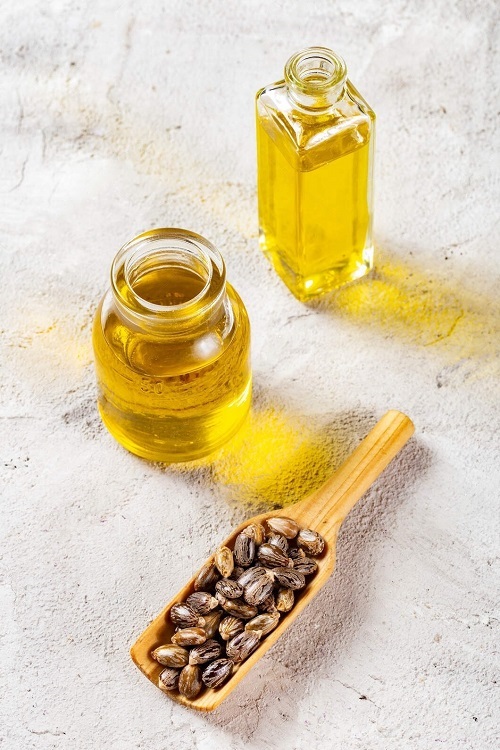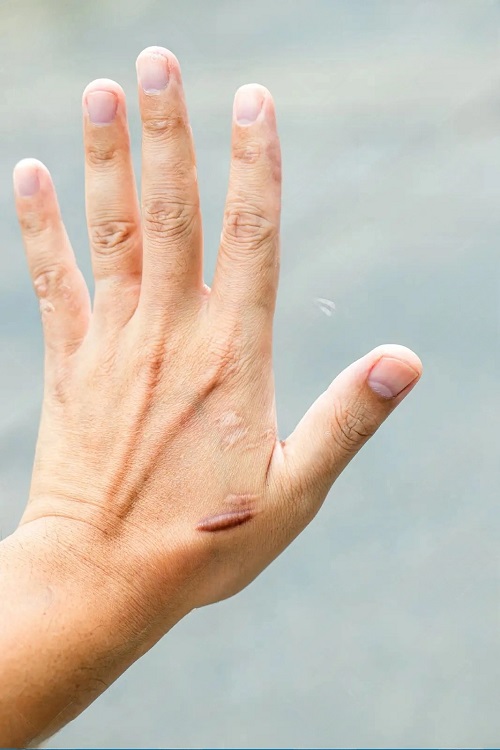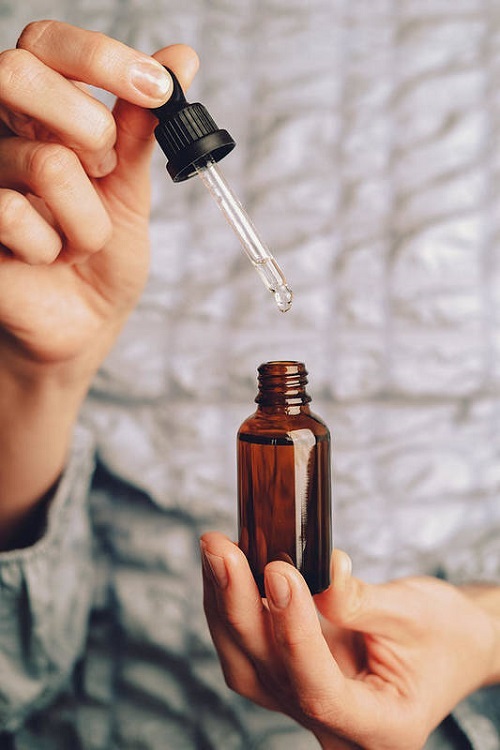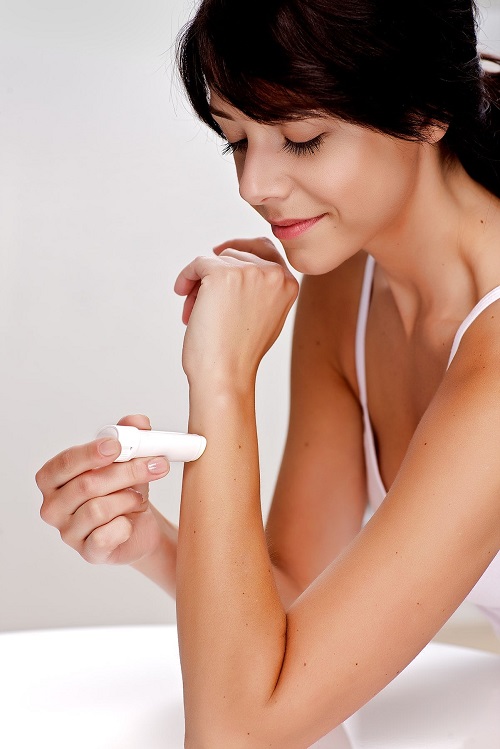Have you ever used Castor Oil for Keloids? If not yet, learn about its potential benefits and how you can use it for the best results!

If you are tired of those unpleasant scar tissues doubling up at a spot, try using castor oil for keloids. It’s safe, natural, and effective!
What are Keloids?
Have you ever seen those thick, raised scars that sometimes form after a cut or burn? Those are keloids, and they’re quite the overachievers in the world of scars.
Keloids are a type of scar that occur when the skin goes into overdrive during the healing process. After an injury, such as a cut, burn, or even minor abrasions, the body naturally produces collagen to close the wound and repair the damage.
However, in the case of keloids, this collagen production doesn’t stop when it should. Instead, it continues to build up, forming a thick, raised scar that not only extends beyond the original wound but also grows over time.
These scars are typically much larger than the injury that caused them, and they can develop from almost any form of skin trauma, including surgical incisions, acne, piercings, or burns.
Keloids can be particularly uncomfortable because they often come with itchiness or pain. Their appearance can also cause emotional distress, especially if they’re located in visible areas. Unlike regular scars that tend to be flat and fade over time, keloids are notably bulky and can become a permanent part of the skin without specific treatments.
Is Castor Oil Good for Keloids?
Yes, castor oil is good for keloids, thanks to its unique properties. Let’s learn how it helps:
1. Reduces Inflammation
When it comes to keloids, the inflammation game is strong, but castor oil’s ricinoleic acid is a natural anti-inflammatory champ. Applying it to your keloid tones down the redness and that, inflamed look, making the area calmer and less bothersome.
2. Hydrates Scar Tissues
Keloids can get dry and uncomfortable, but here’s where castor oil’s moisturizing prowess comes into play. Its fatty acids deeply hydrate the scar tissue, keeping it from getting too tough or itchy. This means a softer, more supple keloid that’s less likely to cause discomfort.
3. Enhances Skin Elasticity
No one wants a stiff, rigid keloid. Castor oil’s Vitamin E content helps improve the elasticity of your scar tissue. More elastic skin equals a keloid that’s less tight and more comfortable to live with, giving you a bit more freedom of movement without the tightness.
4. Soothes Itching Around the Affected Spot
Itchy keloids are a nuisance, but castor oil can bring some relief. Its hydrating and anti-inflammatory properties together work to soothe the skin, reducing the urge to scratch and helping prevent further irritation or damage to the area.
5. Promotes Overall Skin Health
Managing keloids isn’t just about targeting the scar; it’s about nurturing the skin around it, too. Beyond ricinoleic acid and Vitamin E, castor oil contains other beneficial compounds, such as omega-6 and omega-9 fatty acids, contributing to a better healing environment for the keloid.
FIND IF CASTOR OIL CAN REDUCE ACNE SCARS IN THIS ARTICLE
How to Use Castor Oil for Keloids?
- First, wash the keloid and the skin around it with some mild soap and water. Be gentle, and then pat it dry with a clean towel.
- Castor oil works best when it’s warm but not hot. You can warm the bottle by placing it in some warm water for a few minutes.
- Dip a cotton ball or swab in the warm castor oil, then gently dab and massage it onto your keloid. Use circular motions like you’re giving your skin a mini massage. It helps the oil sink in evenly.
- Do this at least twice a day—think of it as a morning and night routine. Results take time, often weeks or months, so patience is your friend here. Consistency is the real trick to seeing changes.
Precautions and Considerations
- Always use high-quality castor oil that’s free from hexane and other impurities.
- Before widespread use, do a patch test by applying a small amount of castor oil to a limited area of skin. Wait for 24 hours to ensure there is no adverse reaction.
- Consult with a dermatologist if you have any pre-existing skin concerns. Their expertise can provide personalized advice based on your unique situation.
- Keloids can be sensitive to sunlight. Keep the treated areas under cover or well-protected from the sun to dodge any extra drama.



